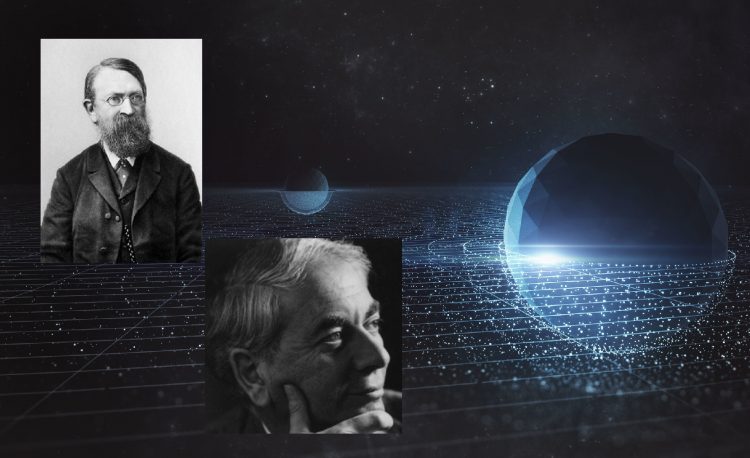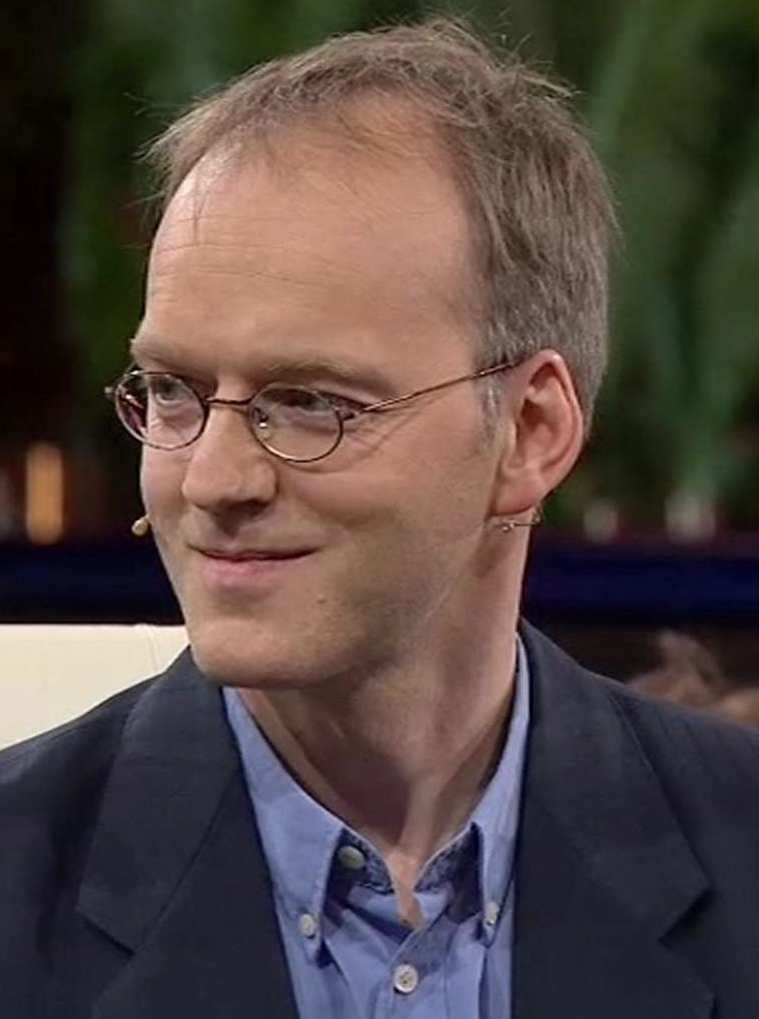What’s the origin of the inertia of masses? Even Richard Feynman, in a video “Inertia and fathers” on YouTube, wonders about that fundamental question of physics. The most profound thoughts about the nature of inertia are expressed in Mach’s principle, named after the Viennese physicist and philosopher Ernst Mach (1838-1916). Mach suggested that the weakness of gravity was due to the universe’s enormous size. Of course, the first estimates for the size and mass of the universe were not available before 1930, after Hubble’s discovery of the expanding universe. Sir Arthur Eddington first noticed that the gravitational constant may be numerically interrelated with the properties of the universe. By dividing c2by G, he obtained roughly the same value as dividing the universe’s mass by its radius:
![]()
This is quite extraordinary.
Astonishingly, Erwin Schrödinger had already considered this possibility in 1925 (Ann. Phys. 382, p. 325 ff.), though he couldn’t know about the size of the universe!
Mach, around 1887, could not even have dreamed of such measurements, but his aspiration to formulate all the laws of dynamics by means of relative movements (with respect to all other masses!) turned out to be visionary. Einstein was guided to general relativity by that very idea. Although Einstein gave Mach due credit, he didn’t ultimately incorporate Mach’s principle in his theory. Mach’s central idea, that inertia is related to distant objects in the universe, does not appear in general relativity.
One possibility to realize Mach’s principle is to make up a formula where the gravitational constant is related to the mass and size of the universe. Because the universe is so huge, G would be very tiny. This radical idea was advocated by the British-Egyptian cosmologist Dennis Sciama in 1953[1]:
![]()
the sum taken over all masses i in the universe. Or, in other words, the gravitational potential of all masses in the universe amounts just to the square of the speed of light – intriguing!
Later, very few researchers pursued the idea, among them the cosmology “outlaw” Julian Barbour.[2] During the inauguration of the Dennis Sciama building at the University of Portsmouth in England in June 2009, everybody talked about all the work that Sciama had done… except for Sciama’s reflections on inertia. What a pity!
Had Einstein had the chance to see the size of the cosmos in time, I think he would have warmed up to the idea. But the size of the universe could only be guessed more than ten years after the final geometrical formulation of general relativity. I address this tragedy (and others) in Einstein’s Lost Key.
[1] Sciama, MNRAS 113 (1953), p.34.
[2] Barbour, gr-qc/0211021.





